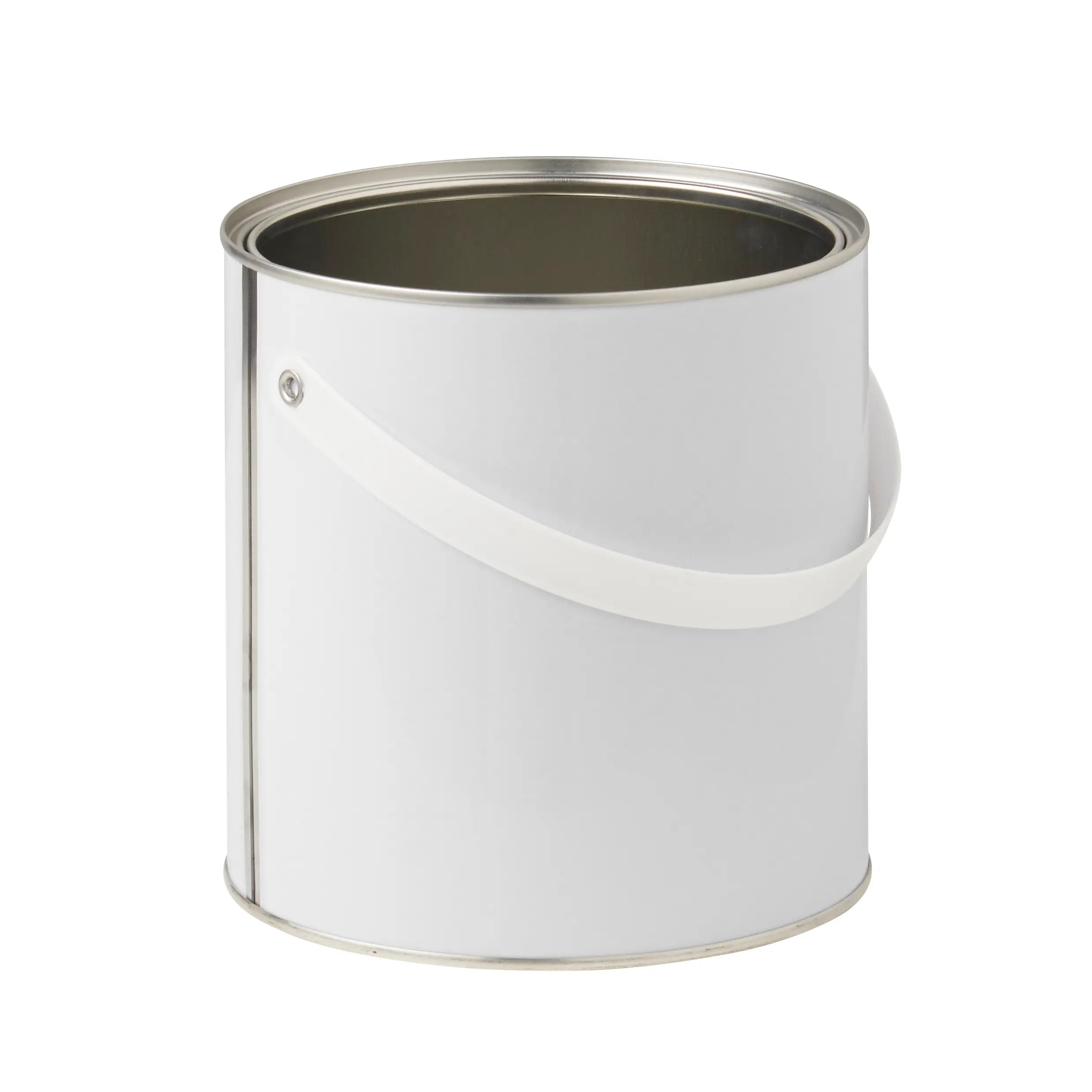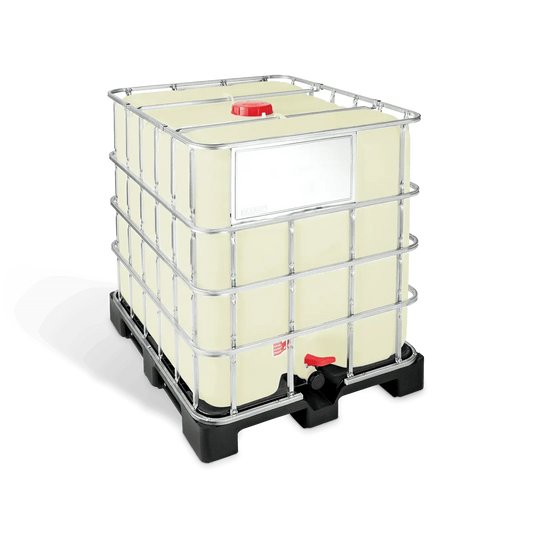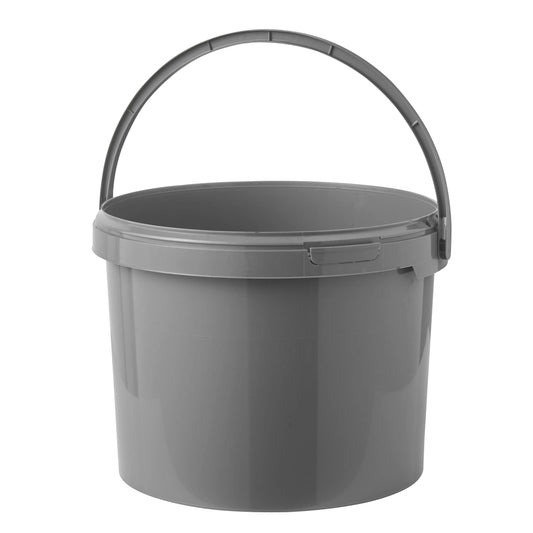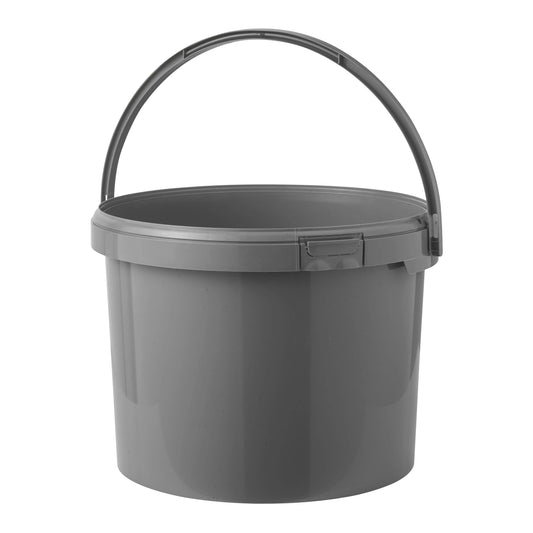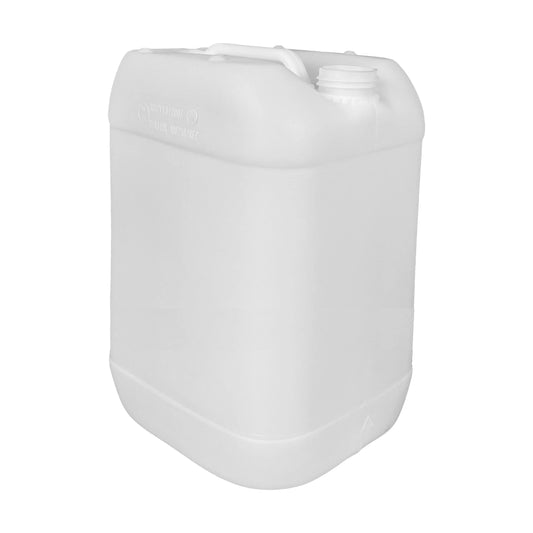Why do we still use plastic when plastic pollution is a widespread global issue? Why not just stop using plastic altogether? The problem is that plastic is such a useful and versatile material that in many cases there's still no practical alternative.
It’s strong, durable, lightweight, waterproof and affordable, from car parts to packaging, in many cases it’s still the best material for the job. So given that we're still so reliant on plastic, how can we use it in a more sustainable way?
Plastic recycling is an important part of the solution because it means that plastic can be used multiple times, maximising use and minimising waste. Reducing single-use plastics, making sure the plastics we use can be recycled and using products made from recycled plastic can help us move towards a circular economy.
As a leading packaging supplier, Invopak can be part of the solution. We don’t sell single-use plastics - all of our packaging can be recycled and we're also expanding our range of recycled plastic packaging. We partner with leading suppliers across the UK and Europe, to bring new products to market as technology develops.
Read on to find out about the hows and whys of plastic recycling.
How Does Plastic Recycling Help the Environment?
Using recycled plastic is better for the environment in several ways. Pollution is the leading issue when it comes to plastic use. Moving away from single-use plastic and towards recycled plastic products is key. Plastic-filled oceans and mountains of waste are unsustainable. Recycling keeps plastic in use and out of landfill.
Plastics are made from petroleum, and recycling helps to utilise these natural resources for longer. The energy cost of mining and producing raw plastic is also 70% higher than recycled plastic, so reusing plastic saves energy.
How Does Plastic Recycling Work?
Plastic is more complex to recycle than paper or metal because it's made from petroleum and other additives. The other issue is that some plastics are chemically altered through the manufacturing process and can't be changed back to a raw state.
There is a wide variety of plastics, so identification is important for efficient plastic recycling. Identification means that the same type of polymers can be processed together and also keeps difficult-to-recycle plastics out of the system.
The standardised code system divides plastics into seven types. These plastic recycling codes have made it easier to sort and recycle plastics. The codes can usually be found on the base of a product and are a number within a triangle. Typically the lower the number the easier the plastic is to recycle.
The first plastic waste recycling mill was created in Conshohocken, Pennsylvania in 1972, and a similar process is still used today. Plastic is collected, cleaned, ground into pellets and then melted and re-formed to make new products.
This system works well for some plastics including, HDPE, PP and PET, when products can be blow-moulded with PCR polymers using the same process as virgin plastic.
What Plastics Can be Recycled?
Not all plastic can be recycled. Thermoset plastics, including polyurethane and nylon, are heat-resistant and durable, but they change chemically when heated, so they can't be re-melted and re-moulded.
Packaging such as polystyrene boxes, polythene bags, thin film and blister packaging are thermoplastics, making them unrecyclable. Moving away from these single-use plastics to recycled plastics is better for the environment.
Two of the most commonly recycled plastics are High Density Polyethylene (HDPE) and Polypropylene (PP). These recycle successfully because they retain their properties even when melted down, so they can be used more than once. This means there is a market for this type of plastic waste.
Developing a market for recycled plastic is one of the key objectives of the Plastic Packaging Tax (PPT) legislation. Packaging made from more than 30% recycled plastic is exempt from PPT, encouraging businesses to choose recycled plastic or non-plastic products.
How the packaging is constructed also affects the recyclability. Packaging made from a mixture of materials must be separated before recycling. If packaging can't be taken apart or has multiple layers or coatings, it’s more likely to end up in landfill.
All of the packaging we supply can be recycled. Our bottles and jerry cans are made from HDPE and our buckets are made from Polypropylene. Our plastic packaging is also made from a single type of plastic making it easier to recycle after use.
What Recycled Plastic Packaging does Invopak offer?
Bringing our customer's products to market with confidence has been the driving force of our business for over seventy years and quality remains at the forefront of everything we do. PCR is a great choice for customers looking to use packaging that is better for the environment without compromising performance. All of our recycled plastic packaging has been designed for industrial use. Our PCR packaging is made using a combination of recycled and virgin plastic, to ensure the right balance between recycled content and strength and durability.
Recycled plastic packaging has been part of our offering for several years now and our range is always growing as new and innovative products are developed. Our recycled plastic buckets are made from 70% recycled plastic, one of the highest rates in the industry. They are ideal for storing paints, chemicals, powders and detergents, and can be recycled after use. Our recycled plastic buckets also come in a wide range of sizes.
Our recycled plastic food containers are a new design, made by sandwiching a PCR core between virgin plastic. They are made by one of the leading plastic container manufacturers in the UK and contain 30% recycled plastic. These food-grade COEX bottles and Jerry cans deliver sustainable packaging to the food and beverage industry.
Click to view our full range of recycled plastic packaging

